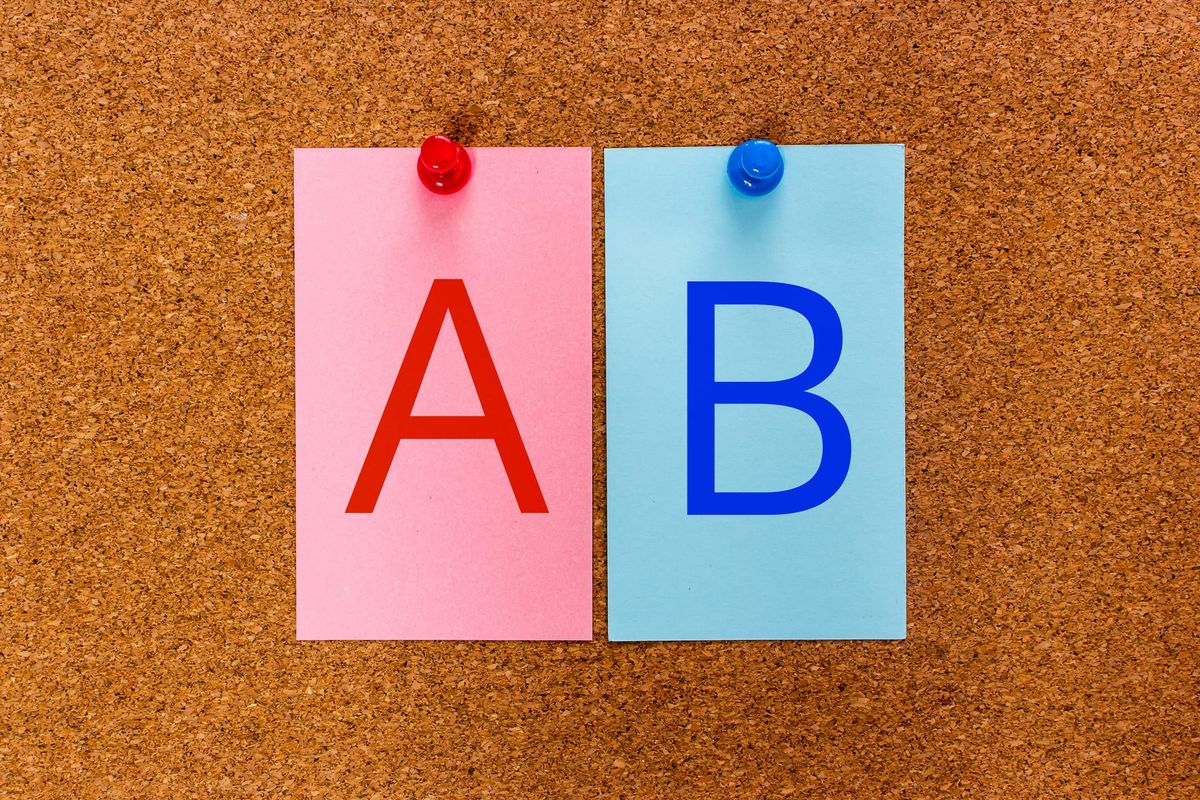A/B testing allow performance marketers to perform controlled experiments involving two or more variations of an ad to ascertain which is more effective. The audience is divided into at least two groups: the control group (A), which experiences no changes, and the test group (B). A specific variable is introduced to the test group, such as different ad copy, and the results are measured and compared to the control group's performance. Some marketers will test multiple variations of an ad. In these cases, testing is referred to as A/B/C/etc. testing.
Marketers A/B test their creative assets to optimize their marketing campaigns and maximize the desired outcomes, such as conversions, user engagement, or brand awareness. A/B testing helps marketers make data-driven decisions by comparing the performance of two or more creative assets. The key reasons for A/B testing creative assets include:
- Identify the most effective creatives: A/B testing helps digital marketers determine which creative assets resonate best with their target audience, resulting in higher engagement, click-through rates, or app installs.
- Improve campaign performance: By using the best-performing creative assets, growth marketers can enhance the overall effectiveness of their performance marketing campaigns, increasing return on ad spend (ROAS) and reducing advertising costs.
- Reduce guesswork: A/B testing allows marketers to base their creative decisions on data and insights rather than entirely relying on intuition or subjective opinions.
- Personalize content: User acquisition marketers can use A/B testing to identify the creative assets that work best for different audience segments, allowing them to tailor content and messaging for a more personalized user experience.
- Learn and adapt: A/B testing provides valuable insights into audience preferences and behavior. Marketers can use these insights to refine their creative assets and improve future campaigns, staying ahead of trends and competitors.
By regularly A/B testing creative assets, marketers can continuously optimize their campaigns, ensuring they remain relevant and effective in achieving their marketing objectives.







